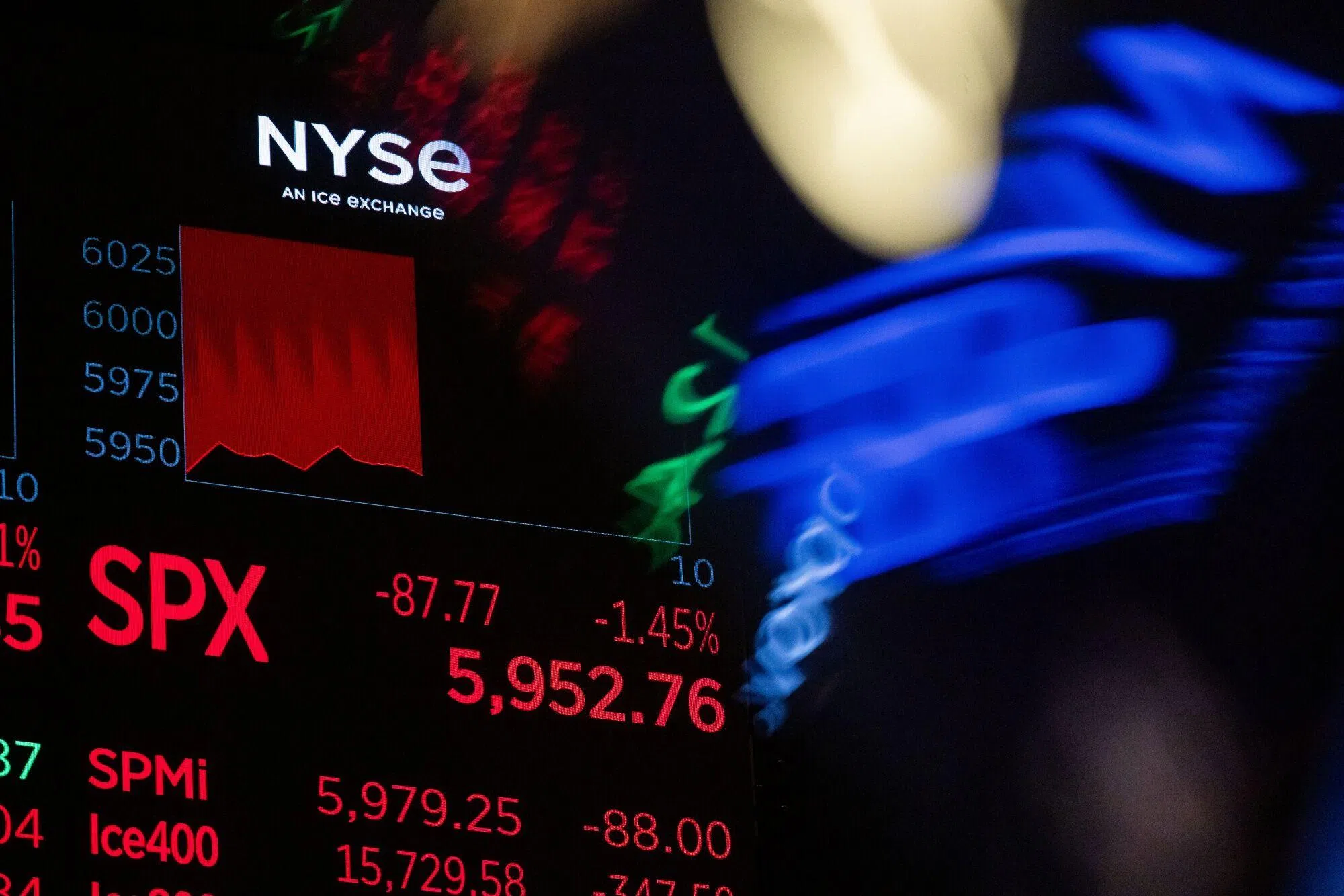THE volatile start to the year has spooked some professional investors but has done little to dowse retail traders’ enthusiasm for the US stock market and the so-called Magnificent 7 companies.
Mom-and-pop investor sentiment has reached the highest level on record, surpassing what was seen during the meme-stock mania in 2021, according to Emma Wu, JPMorgan’s global quantitative and derivatives strategist. Individual investor exposure to stocks is near the highest level its been since 1997, an analysis by Barclays’ global head of equities tactical strategies Alexander Altmann shows. And as long as the US economy remains resilient, those investors probably will stay stay in the game.
Even as US stocks got hit on Monday (Feb 3) when President Donald Trump’s tariff negotiations rattled global markets, mom-and-pop investors continued to buy in. They poured US$3 billion into stocks that day and then broke the US$2 billion threshold within the first 1.5 hours of trading on Tuesday – the largest inflow at that time of the trading session back to 2015, a JPMorgan analysis shows.
Not surprisingly, about 70 per cent inflows went to Magnificent 7 stocks on Tuesday, the largest on record, JPMorgan’s data shows. And Nvidia, which lost 3 per cent the day before, was a top pick. The daily inflow from retail investors exceeded US$2 billion twice last week, a level reached only nine times in the past three years, the bank said.
Even when news from Chinese startup DeepSeek fuelled investor concerns about artificial intelligence spending and sent Nvidia’s shares down 17 per cent, the retail crowd still piled in. Trading platform eToro says that on Jan 27 it saw the largest amount of equity buy orders from retail clients in the last six months.
“Retail traders are looking at sell-offs opportunistically,” said Bret Kenwell, eToro’s US investment analyst. In a December eToro survey, 59 per cent of respondents said they’re bullish on AI stocks but just 22 per cent had exposure to this group and that majority of them were looking for an opportunity to buy AI names sometime in 2025.
So far this year, that strategy has paid off. Retail traders have seen a 2.1 per cent year-to-date return, slightly below the 2.7 per cent gain of the S&P 500 index. This year’s performances stands in stark contrast to 2024, when wrong-sided positioning pushed retail gains to 9.8 per cent, well below the S&P 500 return of 23 per cent. That was their second-weakest performance in any year when the index posted a positive return since 2015.
Despite retail traders having already boosted their allocations to US stocks to one of the highest levels in more than two decades, there are no indication that their appetite will fade anytime soon.
“Historically exposure levels are well correlated to economic activity – as you would expect – but this somewhat decoupled last year as a normalisation in the economy did not see any material retail outflows; the opposite in fact,” Altmann wrote in a note to clients. BLOOMBERG




